01 May 2016
Author: Erin Trachet Sr., Scientific Advisor, Oncology / Sr. Manager, Proposal Development
Date: May 2016
Breast cancer is the most common non-skin cancer among women. One in eight women will develop invasive breast cancer during her lifetime, and about 10-20% of those women (more than one out of every 10) will be diagnosed with a triple-negative sub-type (ER-, PR- and HER2-). There is intense interest in developing new drugs that can treat this kind of breast cancer. Unfortunately, there are only a few preclinical models that mimic this expression profile.
One of these models is the MDA-MB-231 human breast adenocarcinoma cell line; which was derived from a metastatic site in a 51 year old Caucasian woman. This model has proven to be very valuable to the cancer research community. Clones of the parental line (MDA-MB-231) have been generated and optimized to reliably and spontaneously metastasize to the lungs and lymph nodes when implanted orthotopically. The orthotopic implant allows the natural and more clinically relevant process of metastasis to occur.
The spontaneously metastasizing clonal line, MDA-MB-231-luc-D3H2LN has also been transfected with luciferase; which allows researchers to locate and monitor distal metastatic disease. This model enables our client with the ability to evaluate the impact that their test material has on the primary orthotopic tumor, as well as, the metastatic process using optical imaging with bioluminescence (BLI). We have validated MDA-MB-231-luc-D3H2LN as a spontaneous metastatic model when implanted in the mammary fat pad.
The graphs (Figures 1 and 2) below show the primary tumor growth (traditional caliper measurements) and the progression of metastatic disease to the lymph nodes (BLI signal measured in photons/sec). The BLI images (Figure 3) show the progression of metastasis to the lymph nodes when the primary orthotopic tumor is shielded.
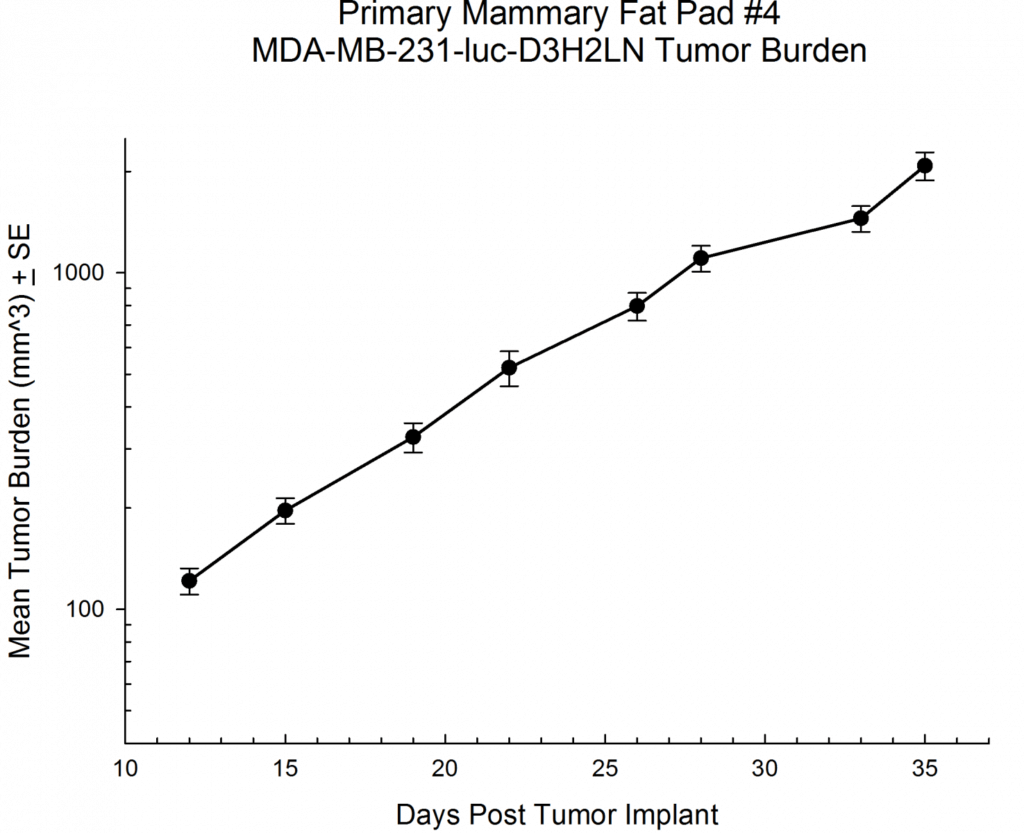
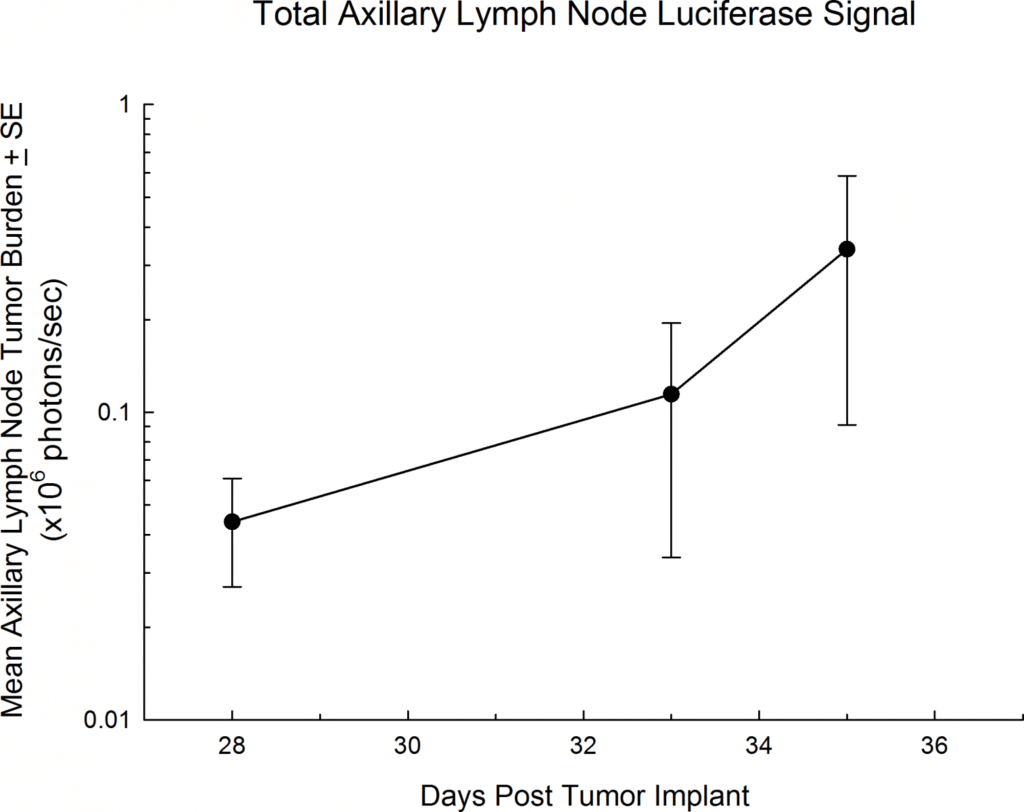
Fig. 1: Primary Mamary Fat Pat Tumor Burden
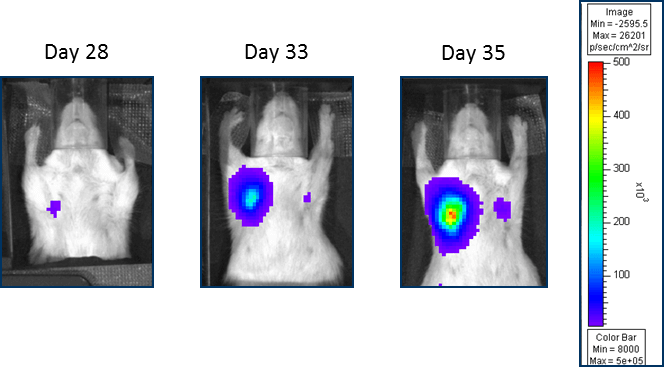
Fig 3: MDA-MB-231-luc-D3H2LN Mammary Fat Pad Orthotopic Implant – Lymph Nodes
Labcorp has also validated MDA-MB-231-luc-D3H2LN as a metastatic bone model following an intracardiac injection. The MDA-MB-231-luc-D3H2LN cells naturally hone to the bone. Utilizing bioluminescence imaging will ensure that the injections are successful and that treatment groups can be populated with animals displaying equivalent bone tumor burden. This provides a tighter dataset with greater statistical power. Furthermore the ability to monitor disease progression and response to therapy with BLI provides a longitudinal evaluation over the duration of the experiment.
The graphs (Figures 4 and 5) below show the progression of disease and the response to standard of care; along with the matching survival (morbidity/mortality) plot. The BLI images (Figure 6) show the disease progression in the control mice over time.

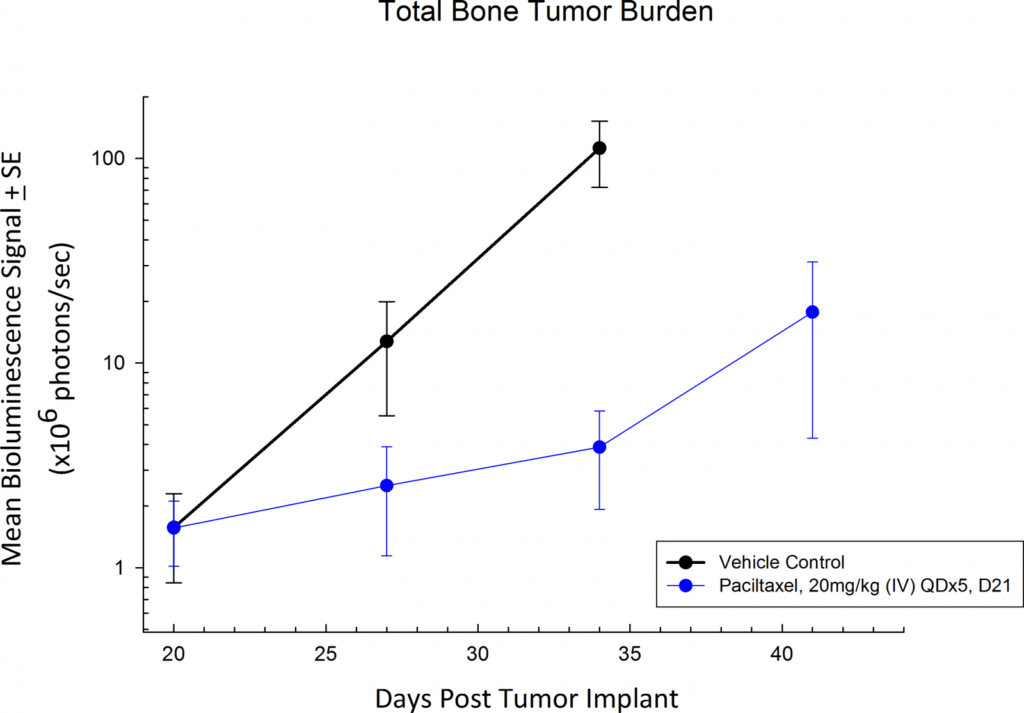
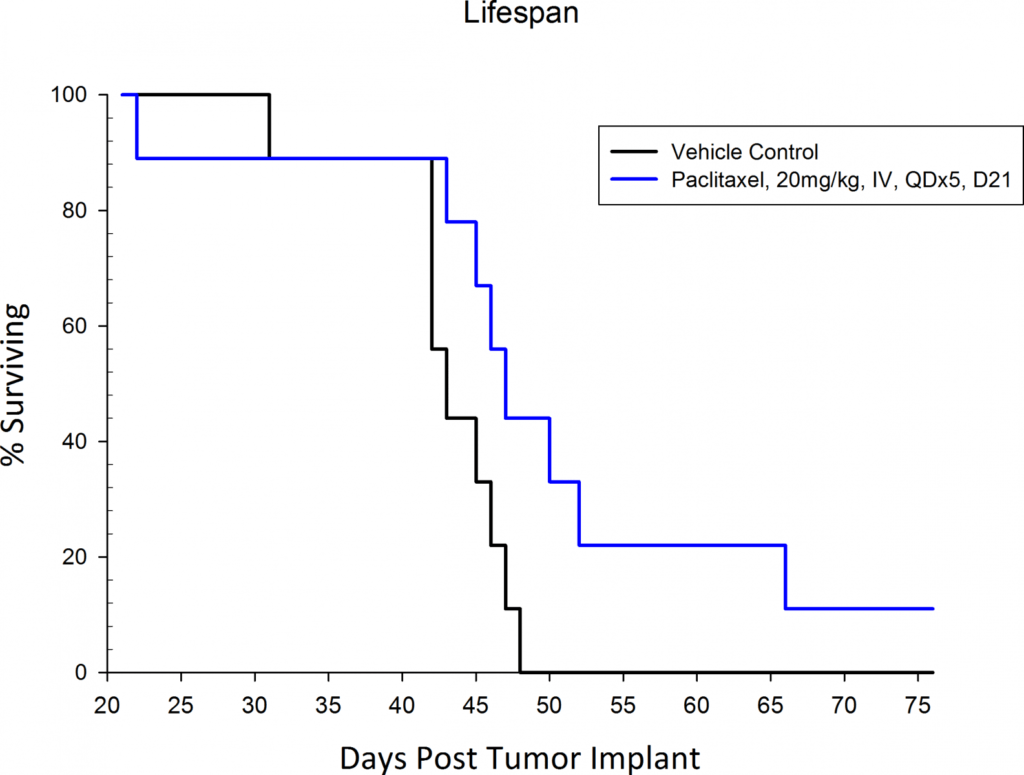
Fig. 4: Primary Mamary Fat Pat Tumor Burden
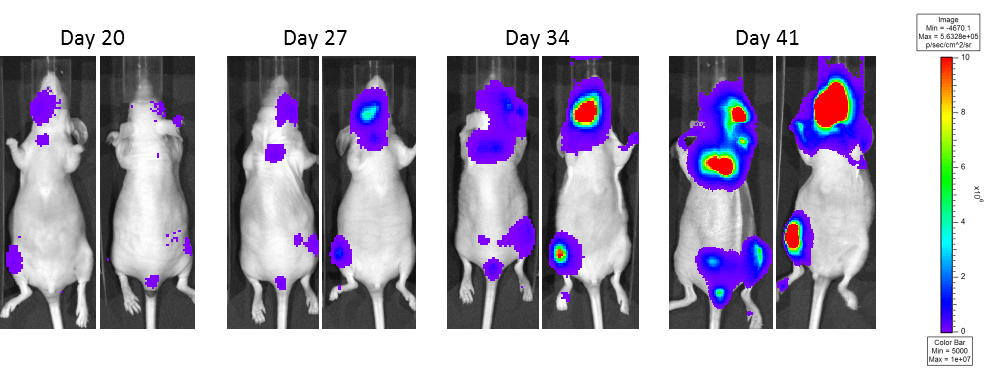
Figure 6: MDA-MB-231-luc-D3H2LN Intracardiac Implantation – Nude Mice
